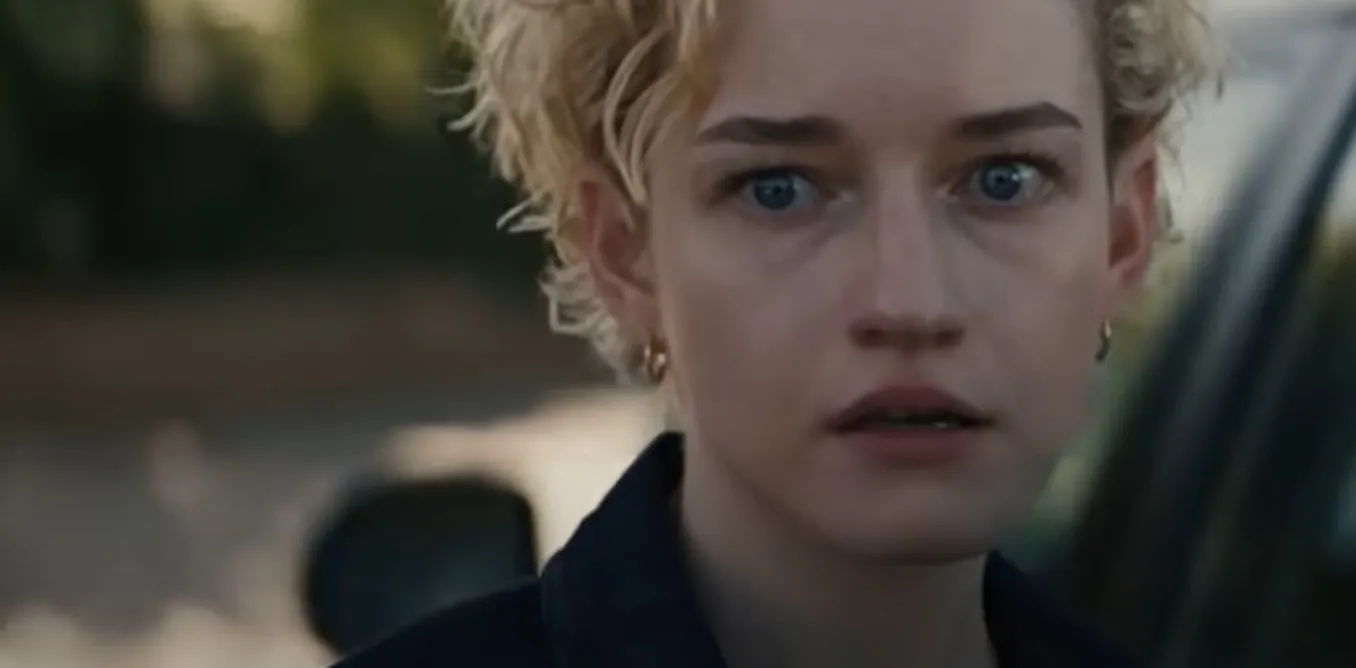Copyright theconversation

This story contains spoilers about the movie ‘Weapons.’ As we approach the scariest time of year, we need to make sure our home screens are in good working order for horror films, in particular the volume control. It’s true that some effects of the horror genre are based on sounds that are popularly linked to danger — but let’s not forget the contrasting silences that are necessary for jump scares to have their full impact. It’s not just in feature films where the sonic device of “un-sound” works: horror trailers are filled with unexpected crashes out of stillness and all-too-brief fragments that beg questions. Skilled directors and sound designers can frighten us in myriad ways, and sometimes through less in this all-too-noisy world. Space and emptiness In this year’s contender for best horror picture, Weapons, director Zach Cregger wanted the sound team to adopt an understated approach to express a “sense of space and emptiness” for the movie’s locations. He nevertheless deploys jump scares of varying intensity in diverse contexts, several of them involving the sudden appearance of the head of the witch Aunt Gladys (Amy Madigan). Most deliver quick, unexpected frights, but one represents the classic horror slow burn, as teacher Justine Gandy (Julia Garner) walks around a seemingly deserted house to the accompaniment of cicadas. In the words of Cregger, the cicadas “become the score,” their constant droning calming and unsettling us as we look through the window with Justine. We share her shock when we realize that there are two immobile figures sitting inside. Terror is conjured out of stillness. ‘A Quiet Place’ Weapons and other releases this past year continued the practice of crafting horror scenarios out of silence. The A Quiet Place franchise, starting with the 2018 film which invoked the terror of alien invasion, helped to put horror silence on the map. The 2018 film, with little verbal dialogue and a central Deaf character, also challenged the long eugenicist association of disability with monstrosity — often fashioned with what my scholarship has called “the moaning of unlife.” Read more: The uneasy history of horror films and disability Horror silences were similarly essential to conjure the strangeness and weirdness of grief and hauntings in another 2018 film, Hereditary. The film’s sound designer, Asbjoern Andersen, has remarked “it’s the quiet ones you have to look out for,” a dictum that he brought to life through long pauses in dialogue, low and brooding music and threatening atmospheres of indistinct sounds. The same holds true for the sonic environment of the Netflix series The Haunting of Hill House (also 2018), where sound editor Trevor Gates was able to create atmospheres to convey isolation and discover novel ways to “hold a silence.” In such contexts, absolute silence is not necessary — any kind of low-end drone or soft, repetitive sound like a ticking clock or a babbling brook could lull audiences into a false sense of security. Crashes out of stillness Prior to these recent productions, masterful directors and sound designers crafted dread and psychological depth and viscerality partly through silence. According to film specialists, the first classic jump scare occurred in the 1942 movie Cat People when producer Val Lewton, director Jacques Tourneur and film editor Mark Robson created a scene that involved a woman walking alone to a bus stop, her rising dread of being followed giving way to a sudden, explosive bus entrance. This type of scene became known as the Lewton Bus: a gradual buildup followed by a sudden shock through misdirection and a sharp sonic jolt. The practice would become a commonplace in the producer’s later work. Lulled into complicity This sharp sonic jolt soundtrack device just needed the touch of director Alfred Hitchcock to become iconic in the famous shower scene of Psycho(1960). Commentators — both academic and popular — frequently reference composer and film scorer Bernard Herrmann’s screeching string sound as the brilliant sonic representation of the stabbing knife. Yet they typically pass over what makes the scene’s explosive violence so unexpected and visceral: the constant sound of the shower water that — like silence — lulls the audience (and victim) into complacency. Hitchcock knew how to strategically mobilize stillness to make threats more tangible, like in the drawn out and famous crop-duster scene of North by Northwest (1959). In Hitchcock’s wake, notable examples occur in Steven Spielberg’s Jaws from 1975 (especially the shark’s first closeup), at key moments in John Carpenter’s Halloween (1978), and — much later — in the notorious diner scene from David Lynch’s Mulholland Drive (2001). The psychology of fear These and other directors have understood how to exploit the psychology of fear to evoke startled responses of terror among audiences. The jump scare and related fright-inducing sonic scenarios would become parodied in Scream and the Scary Movie series (2000-13), for example, where false (“cat”) scares subvert horror/slasher traditions. This Halloween season, if you watch horror and suspenseful films, I encourage you to pay attention to the silence of the frames.



